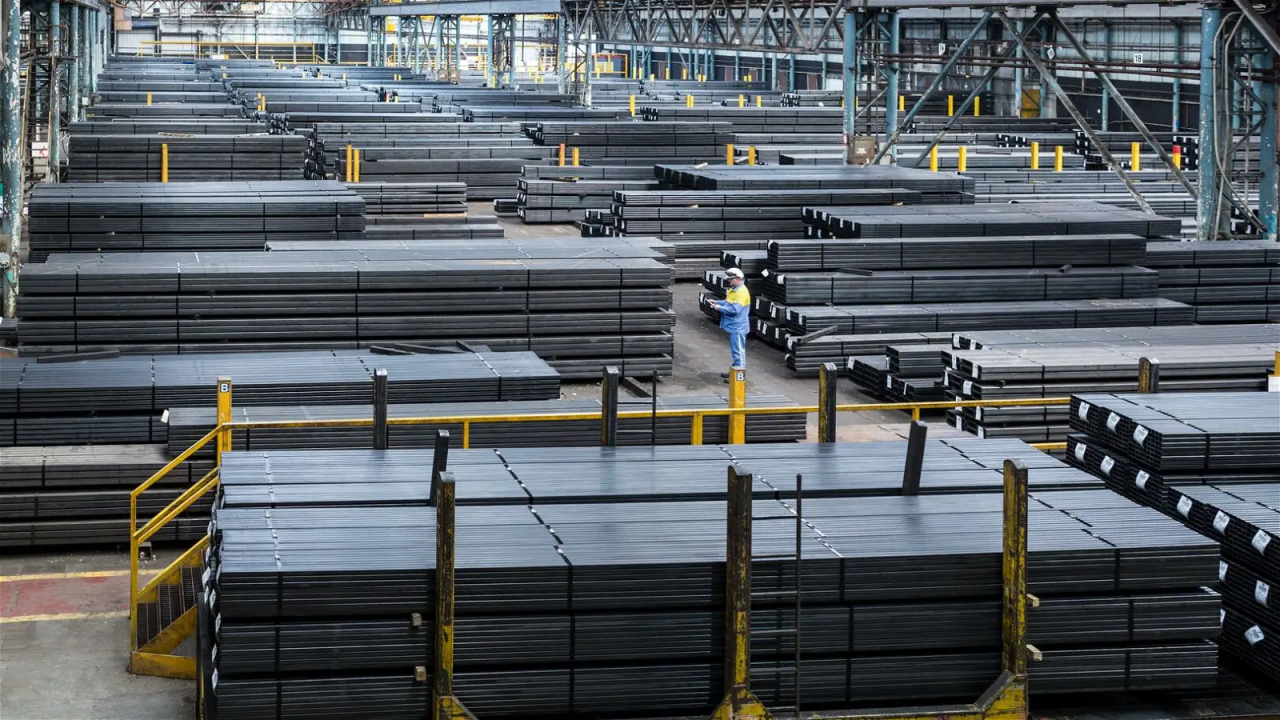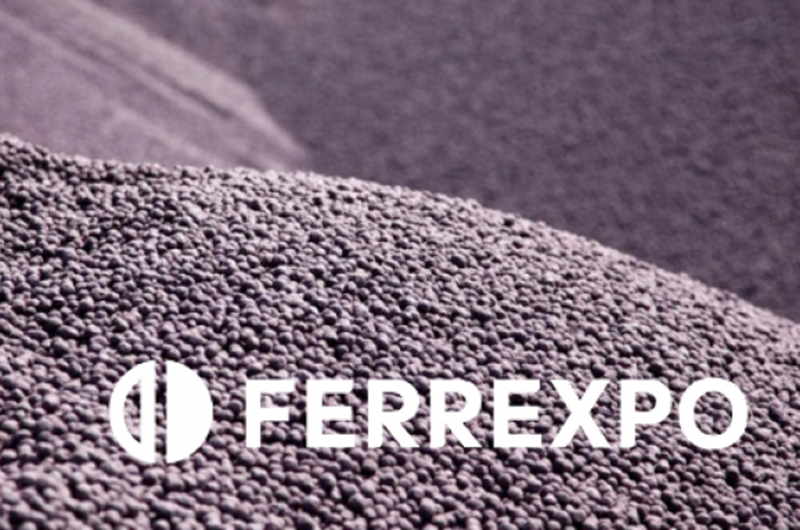Therefore, reducing the sector's carbon footprint and transitioning to a more sustainable production model are critically important in combating climate change. Asia, which accounts for more than half of the world's steel production, is leading the way in transitioning to green steel production.
Many steel producers prefer to transition from traditional blast furnace steelmaking to Electric Arc Furnace (EAF) methods, which utilize renewable energy sources and more ferrous scrap, resulting in reduced carbon emissions.
Another approach involves the adoption of Carbon Capture and Storage (CCS) technologies to capture emissions at steel plants and prevent their release into the atmosphere. Japanese steel giant Nippon Steel, in collaboration with ExxonMobil and Mitsubishi Corporation, is researching this technology to capture emissions at its facilities in Japan and explore storage opportunities in Asia Pacific countries like Malaysia, Indonesia, and Australia.
Another widely researched method for decarbonization in Asia is the adoption of green hydrogen-based technologies, which offer a promising solution for reducing carbon emissions and decreasing reliance on coal. Many of China's major steel producers are investing in these technologies, particularly focusing on hydrogen-based iron (HBI) in steel production.
A combination of these three methods has the potential to transform steel production in Asia and progress towards a greener future. Government incentives, private sector investments, and technological advancements can all contribute to Asia's leading role in green steel production.











Comments
No comment yet.